
Watch as leaders around the world share what they’ve been facing over the last several months, and how The Global Leadership Summit has equipped them for such a time as this.

Watch as leaders around the world share what they’ve been facing over the last several months, and how The Global Leadership Summit has equipped them for such a time as this.

Watch as leaders around the world express how grateful they are for your prayer and financial support for the mission of igniting transformation globally through leadership development. You have touched their lives and encouraged them when they needed it most!

Wall street professional chooses to stay in her day job and finds even greater impact through the cycle of generosity.
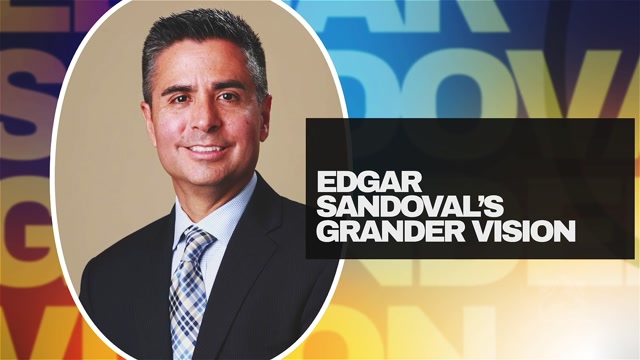
A remarkable story of a young man who persevered to accomplish more than he could have imagined, and then surrendered it all for an even Grander Vision.

The following are notes from Vanessa Van Edwards’ talk at #GLS20. Use them to help you apply the content you learned at the Summit.
Do leaders think differently? Vanessa Van Edwards teaches how to harness your own inner leader. Using the latest neuroscience and psychology she shows us how to make a great positive impact. The key is striking the perfect balance between warmth and competence. Leaders are able to build both trust and confidence with their verbal cues, nonverbal signals and their mindset. In this session, Vanessa gives us new strategies to feel empowered and empower those around you.
CONNECTION | Personality
CONNECTION | Brian’s Experiment:
Example: Sending an email similar to this, “We’re all set for the meeting next week. I’ll prepare an overview and sample proposal for you, then we can review them. Let me know if you have any questions.”
Update: “I’m looking forward to collaborating next week. I’ll prepare a goal worksheet and overview of desired outcomes for both of us. We can work through everything together. Happy to answer any questions.”
How do you want someone to think, feel and act before, during and after interacting with me?
CONNECTION | Appearing Friendly
Think about when you first meet someone. What part of the body do you look at first? Back in caveman days, the first place we looked was the hands to see if they were carrying a rock or a spear.
CONNECTION | Demonstration:
Example: “Hi, Laura meet Sarah. Oh, we have Sarah on the call. Here’s that quick email intro to Sarah.”
This is sterile and not showcasing the person.
Update: “Sarah is our wonderful head of marketing. She’s been leading the team for five years and we are so lucky to have her”.
This does three things:
CONNECTION | Study:
CONNECTION | UK Prime Minister:
Watch additional training at ScienceofPeople.com/GLS

The following illustrative summaries are from The Global Leadership Summit in 2020. Please feel free to use these illustrations to help you reflect on and apply what you learned. All illustrations by Melissa Whelan.
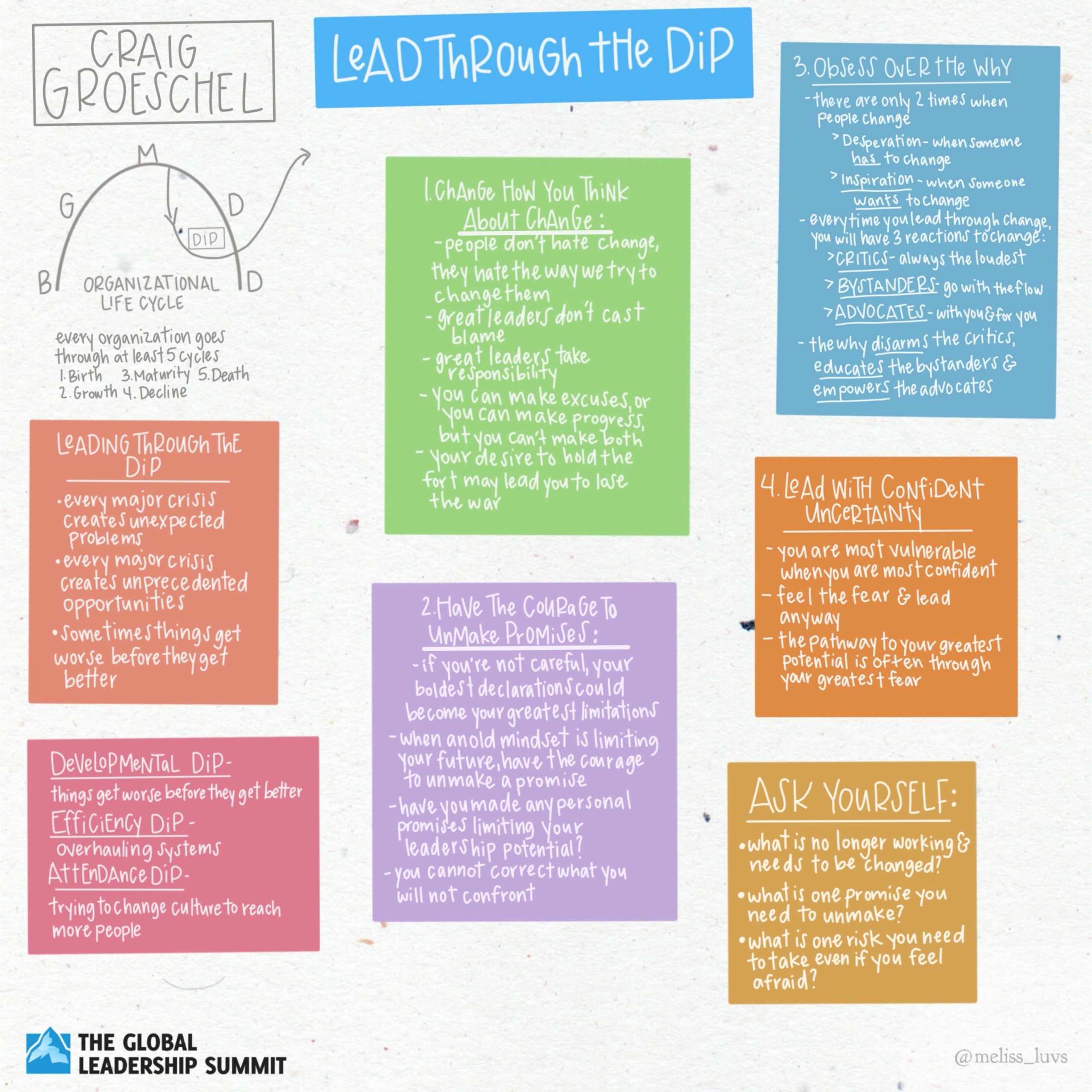
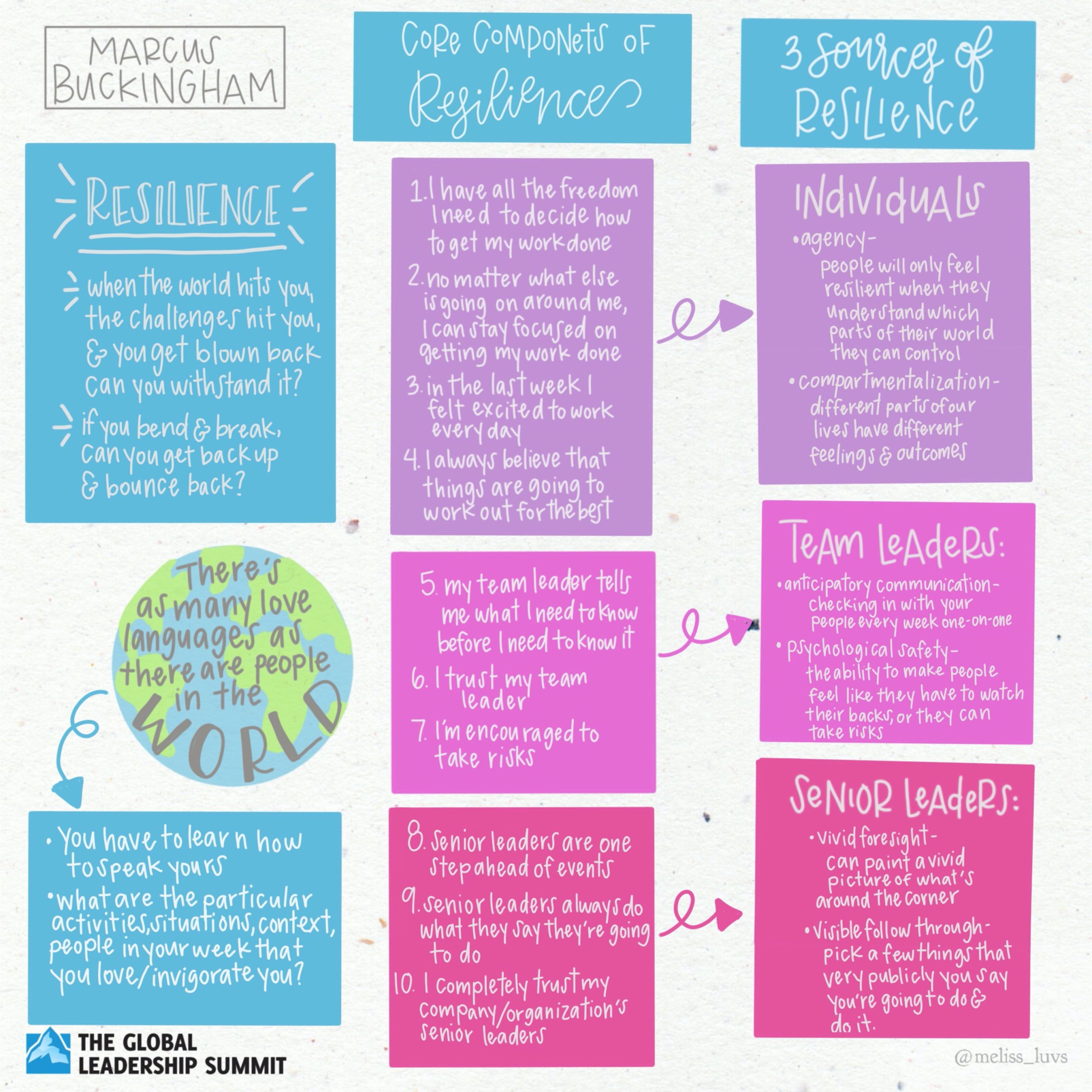

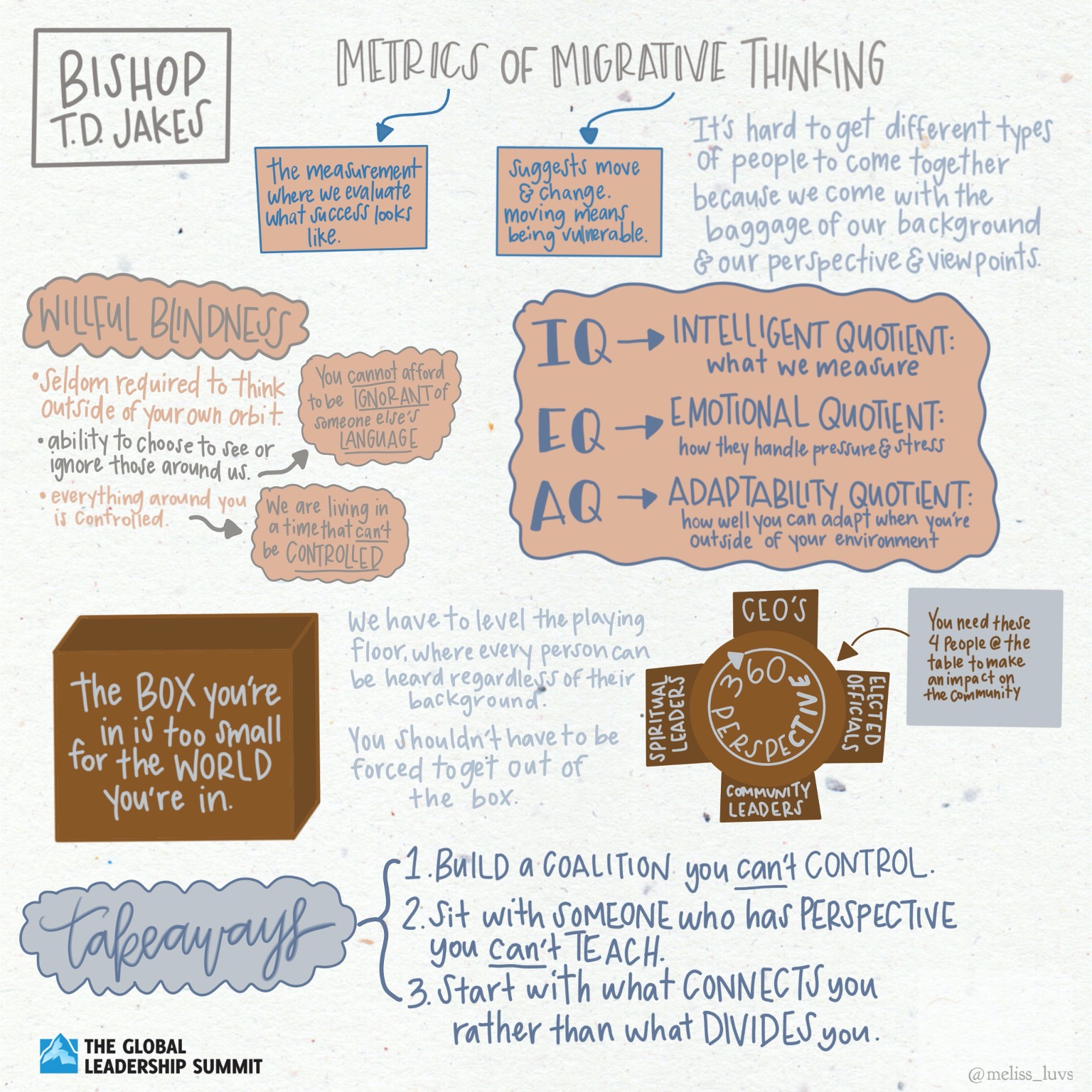

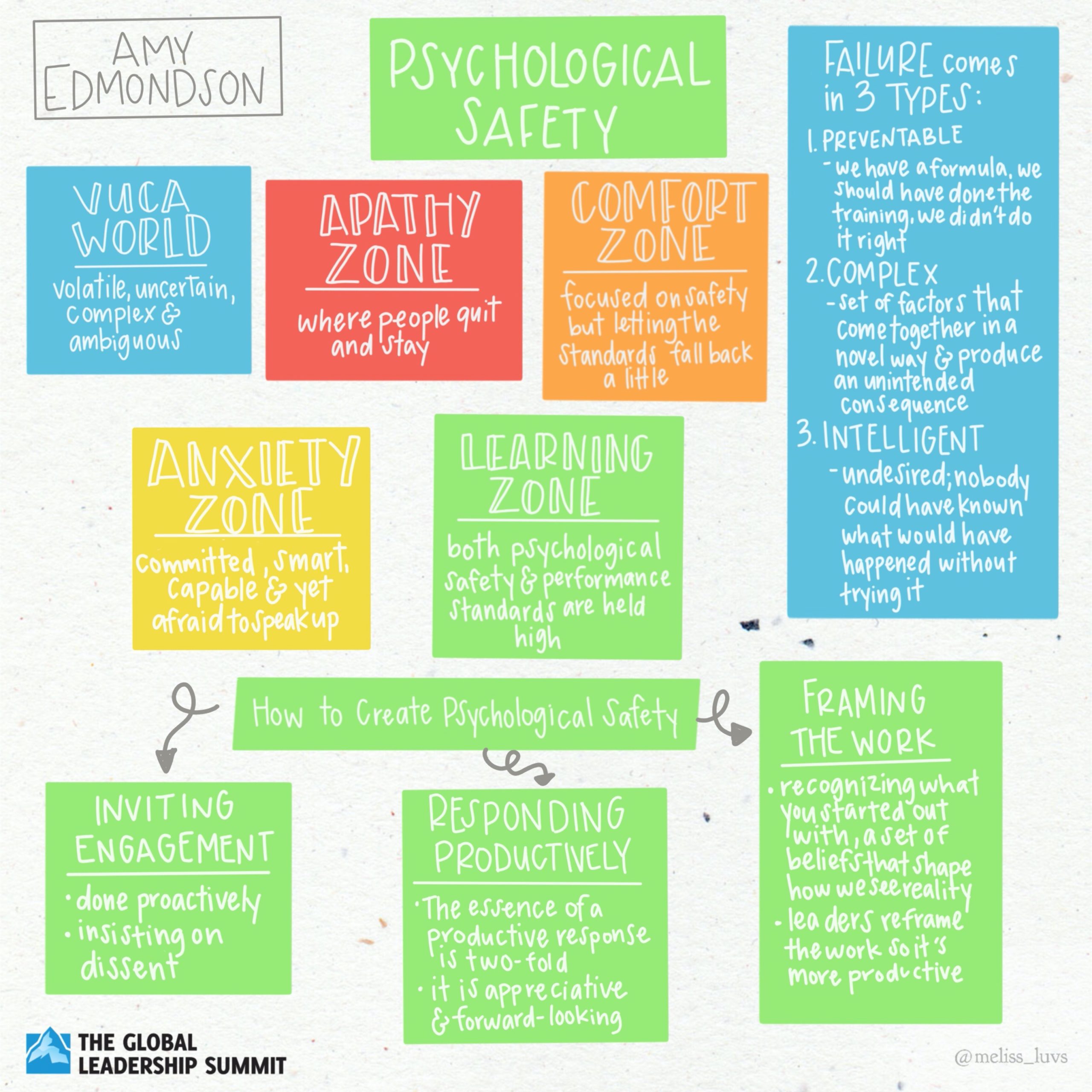
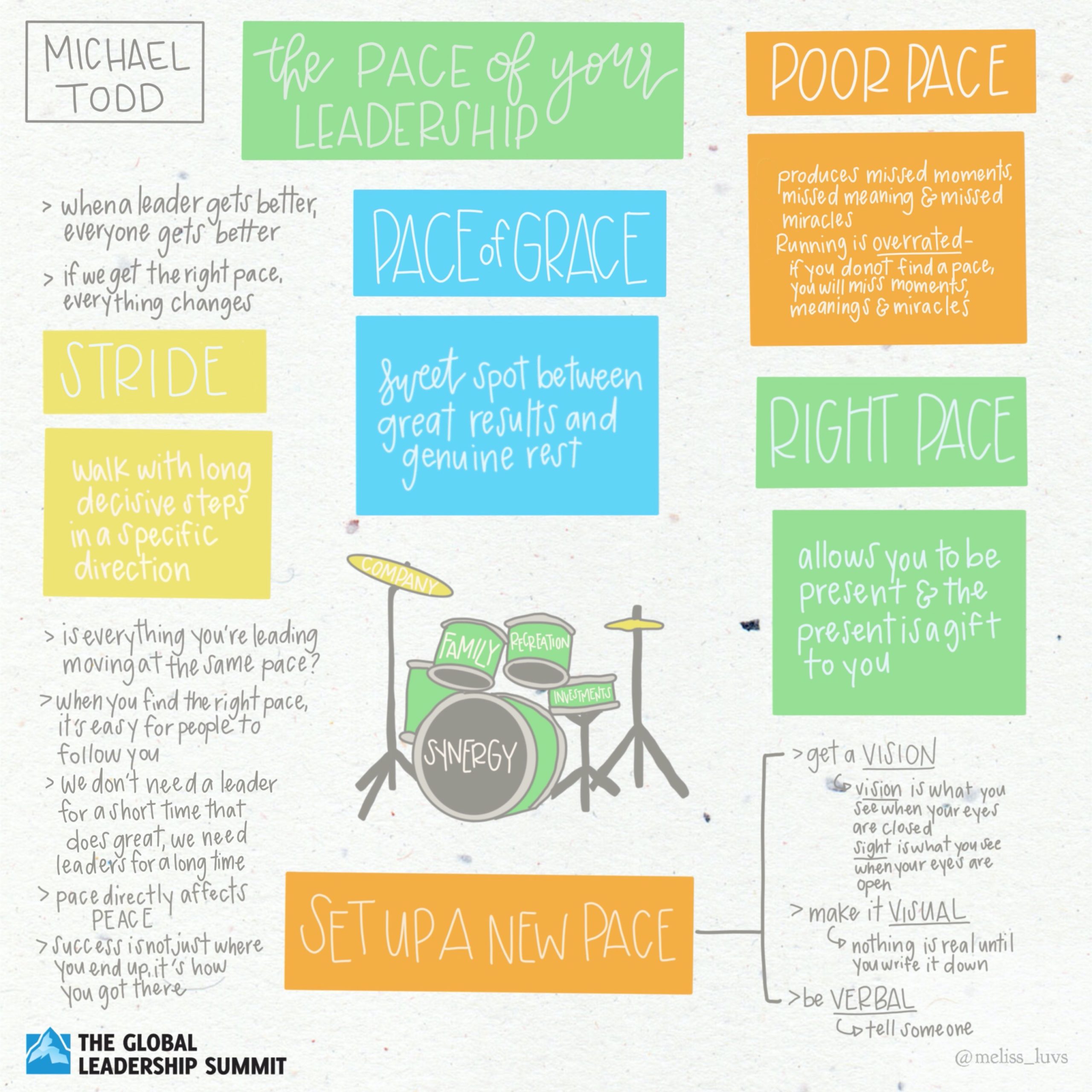
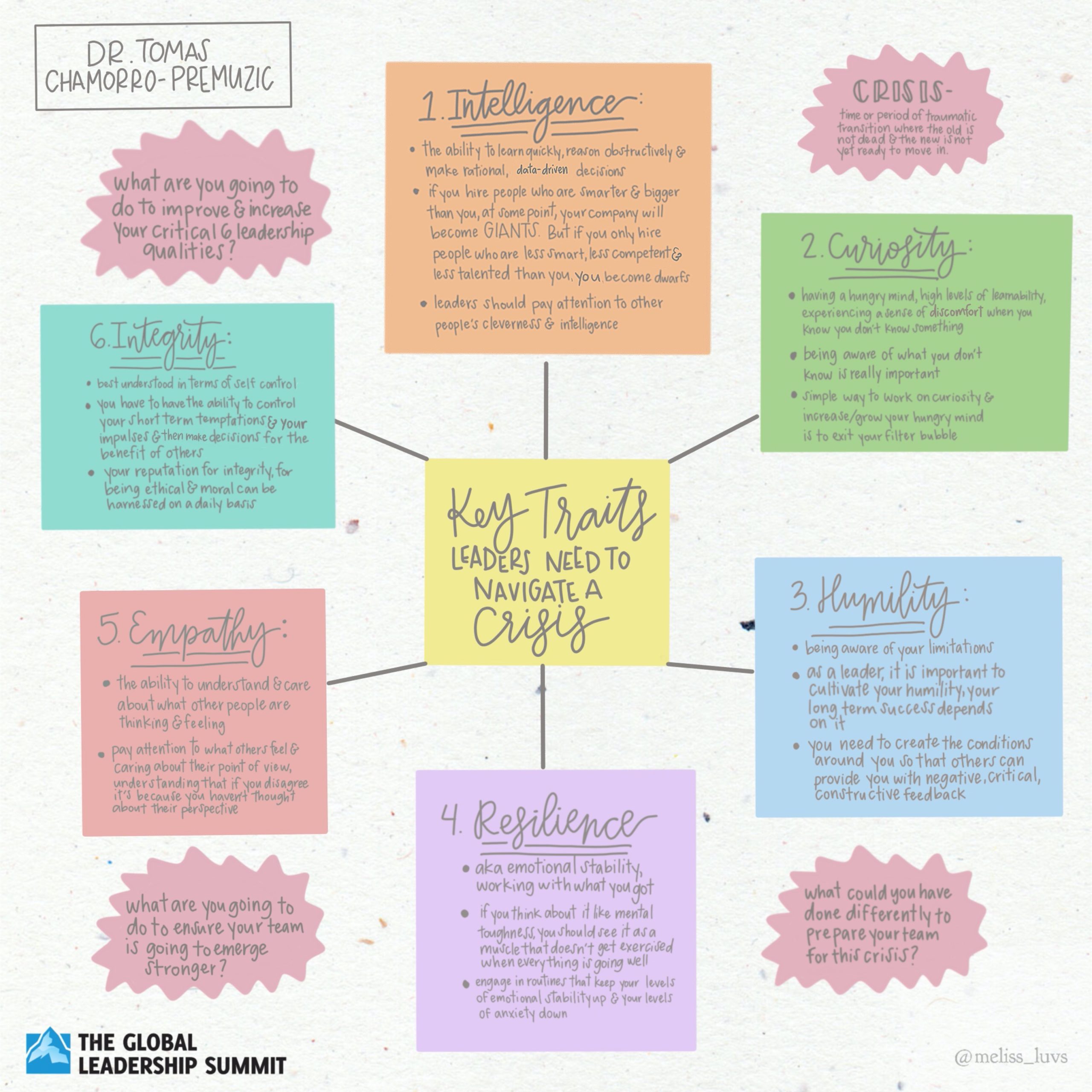





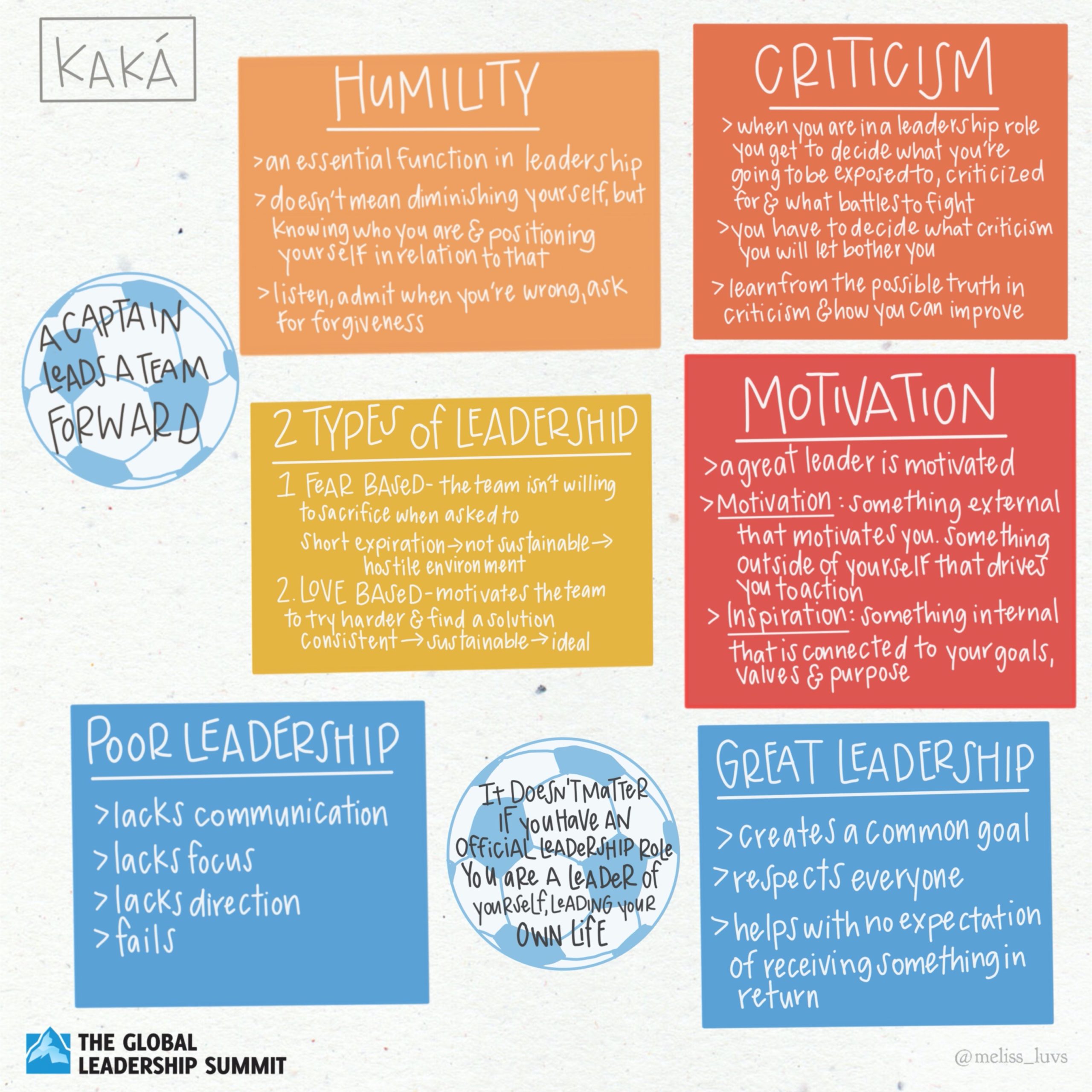


The following are notes from Mike Todd’s talk at #GLS20. Use them to help you apply the content you learned at the Summit.
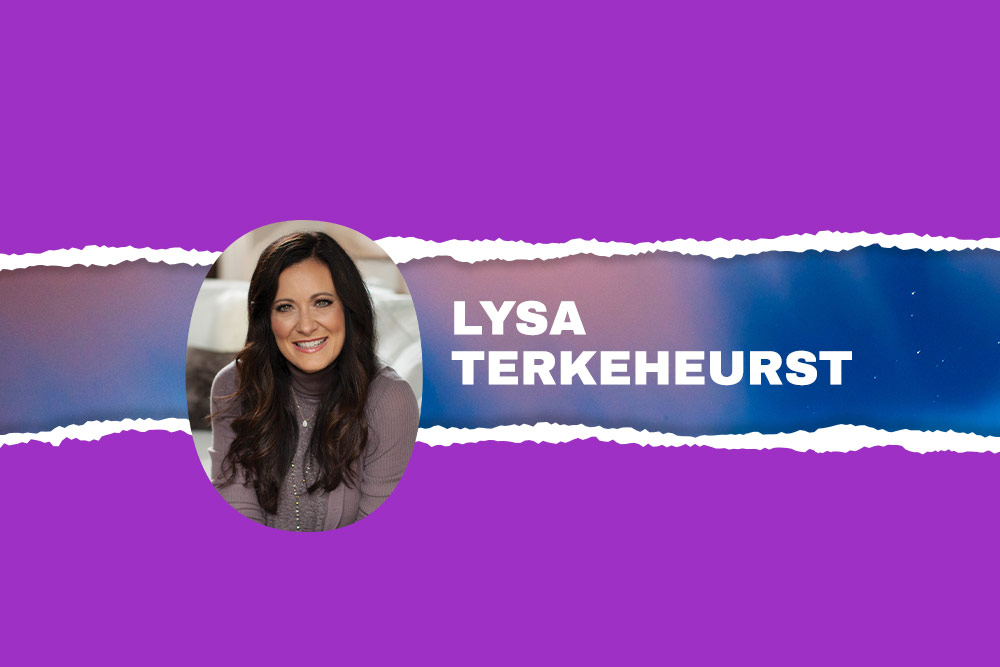
The following are notes from Lysa TerKeurst’s talk at #GLS20. Use them to help you apply the content you learned at the Summit.
Never before has innovation been more critical for organizations than right now. So, what’s holding us back? Is it creativity? Resources? The right new hire? The answer might surprise you. Leaders who learn this skill not only experience more success at work, but more importantly, they have more fulfilling personal and family relationships as well. In this session, Lysa TerKeurst helps us rethink a skill we must all master in order to innovate—forgiveness.
Innovation is no longer just a good idea. It’s no longer just a needed skill for you and your employees. It is a matter of survival.
CONNECTION | Proverbs 31 Ministries:
CONNECTION | Family Values
CONNECTION | Coming Home:
CONNECTION | Seeing Your Pain:
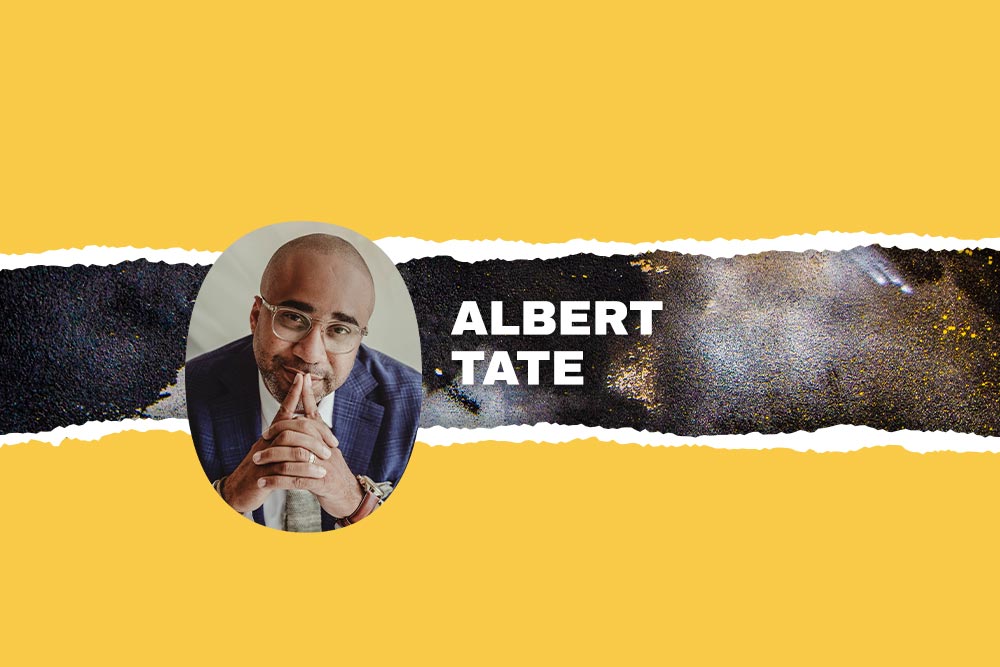
The following are notes from Albert Tate’s talk at #GLS20. Use them to help you apply the content you learned at the Summit.
The world brings challenges—challenges that seem to confound the wise, contend to break up communities, divide societies—These challenges often seem insurmountable. Challenges that disrupt and devastate have to be met with strong, vigilant and authentic leadership. In this session, Albert Tate identifies the marks of authentic leadership that will proactively confront the moments of our world’s crisis. He gives us a picture of how you can lead out of a place of authenticity with the courage to stand in opposition to injustice, the humility to love and serve both friends and enemies, and marked by vulnerability, weakness, and loss. As a leader, this is our call—changing, pushing, redefining and overcoming life’s challenges.
CONNECTION | Elijah McCoy:
CONNECTION | Matthew:
ASK YOURSELF:
CONNECTION | Daughter Bethany:
CONNECTION | Story in John:
How do I apply this?
CONNECTION | Story of Jacob:
A limp marks where you lost, and God won.
CONNECTION: Limping
CONNECTION | Disney Half Marathon:

The following are notes from Paula Faris’ talk at #GLS20. Use them to help you apply the content you learned at the Summit.
Every leader’s life has twists and turns. If you haven’t had one yet, you soon will. As you navigate these changes, whether you’re shifting career paths, or feeling stuck, Paula Faris helps us move forward and lead through life’s resets. She explores how to navigate these shifts and help us lead others who may be going through their own transitions. In this session, Paula helps us gain clarity on when to proceed when faced with life’s twists and turns, what to expect and how to navigate well.
CONNECTION | TV:
Why was she scared to walk away?
CONNECTION | Series of Tragedy:
Ask Yourself:
It doesn’t have to make sense to anyone, yourself included. If you have peace about something in your spirit, proceed. If you don’t, you have to stop.
Often we tell ourselves, if I’m scared about it, isn’t that my gut telling me to back off, to stop?
What is the absolute worst thing that could happen if you stepped out in faith, if you pressed into your fear right now, if you put your foot on that one, single stair?
Maybe it doesn’t work out.
NEXT STEPS: Write down the following to reflect and meditate.
CONNECTION | Jeff Bezos:
CONNECTION | Identity Crisis:
ASK YOURSELF:
CONNECTION | Missing It:
“We welcome and encourage comments on this site. There may be some instances where comments will need to be edited or removed, such as:
If you have any questions on the commenting policy, please let us know at heretoserve@globalleadership.org”
Recent Comments